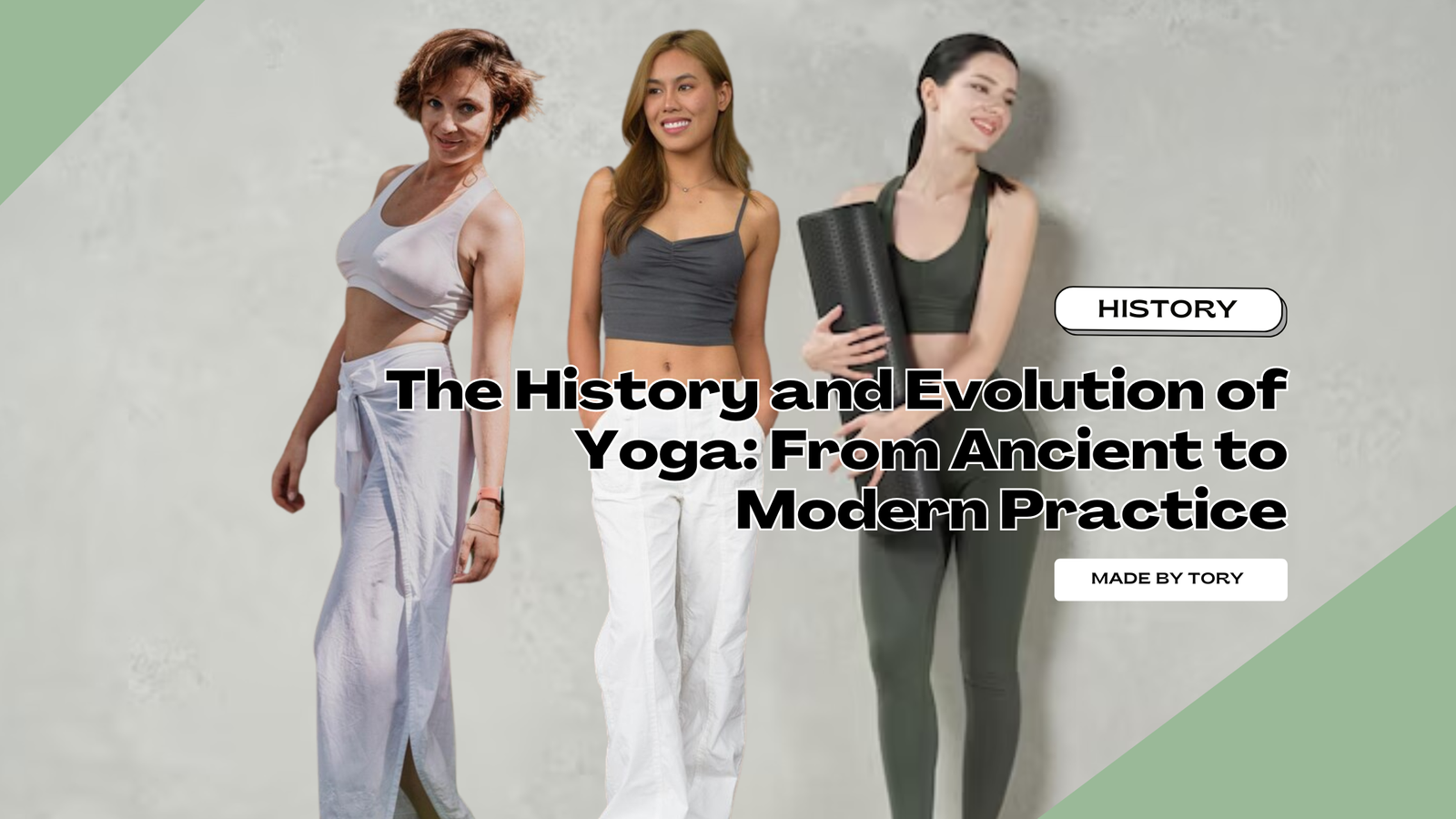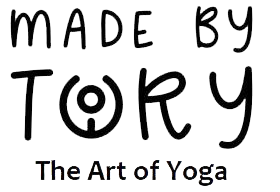Blog
The History and Evolution of Yoga: From Ancient to Modern Practice

A healthy lifestyle isn’t just a mantra of today. It isn’t something trending on social media, but it has its roots in ancient history as well. While many exercises are new and innovative, the evolution of yoga is inspiring. It isn’t just a body, mind, and soul connection but a religious practice in many communities.
Previously, we presented the Beginner’s Guide to Yoga, discovered how to create a personalized yoga routine and uncovered 6 surprising benefits of daily yoga. Today, we take you on a journey back in time to explore yoga’s rich history and evolution—from its sacred beginnings to its transformation into a global wellness phenomenon.
So, while you flow through your favorite poses, ask yourself—how much do you really know about the roots of yoga? Don’t worry; in this article, we are here to take you back in time, which means the history of yoga and explain how yoga evolved.
History of Yoga Practice: The Roots of Yoga
Evidence of yoga-like poses can be found on ancient seals and artifacts from the Indus Valley Civilization, where yoga first emerged.
One of the earliest known writings, the Rig Veda, which dates to approximately 1500 BCE, has the first formal reference to the practice.
According to these early allusions, yoga was a profoundly philosophical and spiritual activity meant to foster a state of harmony with the universe by uniting the individual self with a global consciousness.
At this time, yoga was a philosophical discipline that sought enlightenment and freedom (moksha), not just a collection of physical exercises.
The early styles of yoga probably didn’t include yoga leggings, but they are referred to as Pre-Classical Yoga in a traditional “shalwar-like trousers”.
However, when practised, it strongly emphasizes developing self-discipline, ritualistic practices, and meditation as means of establishing a spiritual connection.
The Classical Period: The Yoga Sutras of Patanjali (200 CE – 300 CE)
The sage Patanjali assembled the Yoga Sutras, which are frequently regarded as the founding text of yoga philosophy. This book offers a methodical approach to spiritual practice with its 196 aphorisms that describe the Eight Limbs of Yoga.
Eight Limbs of Yoga:
- Yama (ethical principles)
- Niyama (self-discipline)
- Asana (physical postures)
- Pranayama (breath control)
- Pratyahara (withdrawal of the senses)
- Dharana (concentration)
- Dhyana (meditation)
- Samadhi (enlightenment)
Hatha Yoga (9th – 15th century):
Asanas (physical postures) and pranayama (breath control) were the main focuses of the Hatha Yoga system when it first evolved. Its goal was to get the body and mind ready for meditation and the higher worlds of consciousness.

Ancient to Modern Yoga Transformation
Yoga has been practised for a long time and has significantly impacted modern lifestyles. It is common in hospitals, schools, and offices but not gyms. Many people practice yoga to improve their physical, emotional, and mental well-being.
Yoga originated in India many years ago as a way to link the mind and body. It includes exercises for both. The evolution of yoga has advanced to the point where everyone can practice it, regardless of experience or physical restrictions. From its ancient roots to its modern adaptations, yoga continues to evolve, offering benefits for all ages and backgrounds.
The evolution of Yoga has been substantial.
- It has become a popular practice for both meditation and exercise.
- Yoga promotes physical and mental wellness and may even improve cognitive performance. That is why it is so popular now, and people of different ages and backgrounds may practice it.
It may have begun in India, but has now gained popularity in Western countries, where it may be found in gyms and yoga studios. People appreciate yoga because it is quite beneficial, such as:
- Yoga is a significant aspect of many people’s lives, with millions of people practicing it on a regular basis.
- Yoga is also an important aspect of society, influencing many other factors of life. It is now used for both physical and mental wellness.
- People practice yoga to improve their health and experience, as well as to reduce stress and anxiety.
- Yoga is becoming increasingly popular, even on holidays, at work, and in hospitals. All you need is good yoga activewear and a nice place.
Who Made Yoga Famous?
Yoga has an extensive and complicated history, and it’s difficult to ascribe its popularity to a single person. Many influential yogis have helped to shape its evolution and spread it over the world. Swami Vivekananda, a Hindu monk, was instrumental in teaching yoga to the Western world in the late 1800s through his talks and writings.
However, it wasn’t until the twentieth century that yoga gained significant popularity in the West, thanks in large part to figures such as Tirumalai Krishnamacharya, also known as “the father of modern yoga,” who taught some of the most influential yoga teachers, including B.K.S. Iyengar, K. Pattabhi Jois, and Indra Devi.
How was Ancient Yoga different from Modern Yoga?
Traditional yoga is based on the spiritual philosophies of the Vedas and Tantras, while modern yoga draws inspiration from various philosophical systems worldwide. Traditional Yoga seeks to progressively shift energy away from the exterior, sensory, ephemeral world and toward the interior, spiritual, permanent truth.
Conclusion
From its ancient spiritual roots to its modern-day presence in studios and homes, yoga has evolved into a powerful practice for both the body and mind. The evolution of yoga, from its early beginnings to its global influence, has shaped how we approach wellness today.
Whether you’re a seasoned yogi or just starting your journey, understanding the history of yoga deepens your connection with every pose. And if you’re looking to start or upgrade your practice, don’t forget to buy yoga mats online and yoga props online for convenience and comfort.
At Made by Tory, we offer thoughtfully crafted mats and essentials to support your wellness journey. Embrace yoga not just as a workout—but as a way of life.
